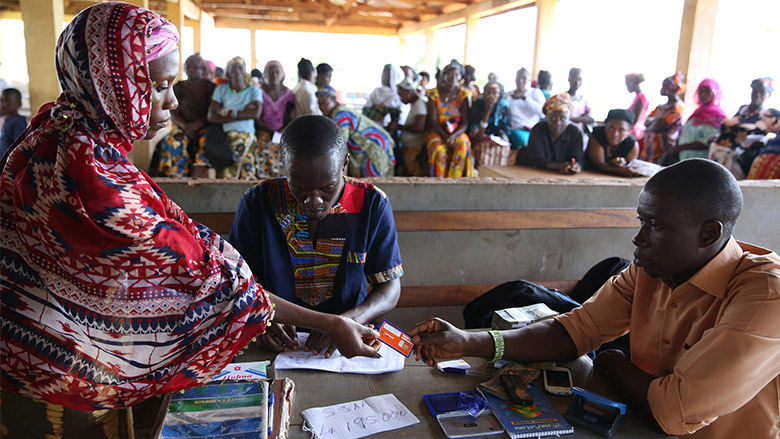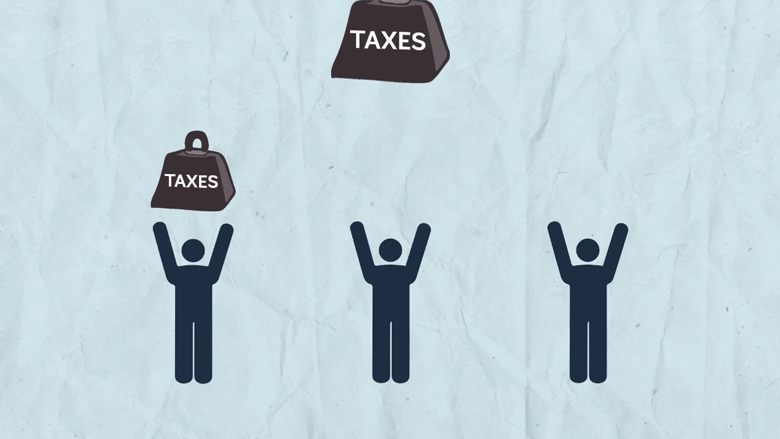The volume analyzes the revenue and spending of governments across eight low and middle-income countries - Armenia, Ethiopia, Georgia, Indonesia, Jordan, the Russian Federation, South Africa, and Sri Lanka – and can be viewed as a companion piece to The Redistributive Impact of Taxes and Social Spending in Latin America. As in the latter, this new report finds that taxes and transfers reduce inequality across all countries. Redistributive success is broadly determined primarily by the amount of resources and their combined progressivity. While the combination of direct taxes and direct transfers are always equalizing, the same cannot be said for poverty. The results indicate that the poor in some low and low-middle income countries are net payers into the fiscal system due to high consumption taxes on basic goods.
Additional key findings:
- A country’s ability to make the distribution of household income more equitable is determined by the size and composition of its budget. In the countries studied, total revenues ranged from 12.2 percent of GDP in Guatemala to nearly 35 percent of GDP in the Russian Federation. Indirect taxes made up a larger share of total revenue in all countries except Mexico and South Africa. Total social spending ranged from 5.6 percent of GDP in Indonesia to 25.3 percent of GDP in Brazil. Regardless of the country’s income level, education spending tended to make up an important part of social spending while spending on health varied more markedly across countries of similar size.
- Taxes and transfers can increase poverty even if they reduce inequality. In half of the countries analyzed - Georgia, Indonesia, Jordan, Mexico, Peru, Russia, South Africa, and Uruguay - taxes and transfers reduced poverty. However, Bolivia, Ethiopia, Ghana, Guatemala, and Sri Lanka saw poverty increasing after taxes and direct transfers. In their case, the burden of indirect taxes such as VAT outweighed the benefits from direct transfers at the bottom of the distribution, worsening poverty.
- Direct taxes and direct transfers are generally progressive and equalizing. Direct transfers exert a particularly high equalizing force in Armenia, Georgia, and South Africa. The impact of direct taxes on reducing inequality was larger than that of direct transfers.
- Indirect taxes often increase inequality but sometimes they are practically neutral. Even though indirect taxes in general are regressive (that is the share paid declines with market income), they may not increase inequality if the proceeds largely benefit the bottom of the distribution.
- Total education spending on the poor is proportionately higher than their population share in all countries where data are available. Preschool spending tends to favor the poor in all countries as well as primary school spending except in Ethiopia, where primary school spending tends to be income-neutral. Secondary school spending is progressive in relative terms and equalizing in Ethiopia, Ghana, and Guatemala, roughly neutral in Armenia and Indonesia, and favors the poor in the other countries. Tertiary education spending is unequal in Ethiopia, Ghana, Guatemala, and Indonesia but equalizing in the rest of the countries.
- Health spending is geared toward the poor in Brazil, the Dominican Republic, Georgia, South Africa, Sri Lanka, and Uruguay. It is roughly neutral in Armenia, Bolivia, and Mexico and progressive only in relative terms and equalizing in Ethiopia, Guatemala, Indonesia, Peru, and Russia. While overall spending on health and education has been pro-poor, guaranteeing access and facilitating the use of public education and health services for the poor aren’t enough to equalize opportunities, especially if the quality of government-provided schooling and health care is low.


